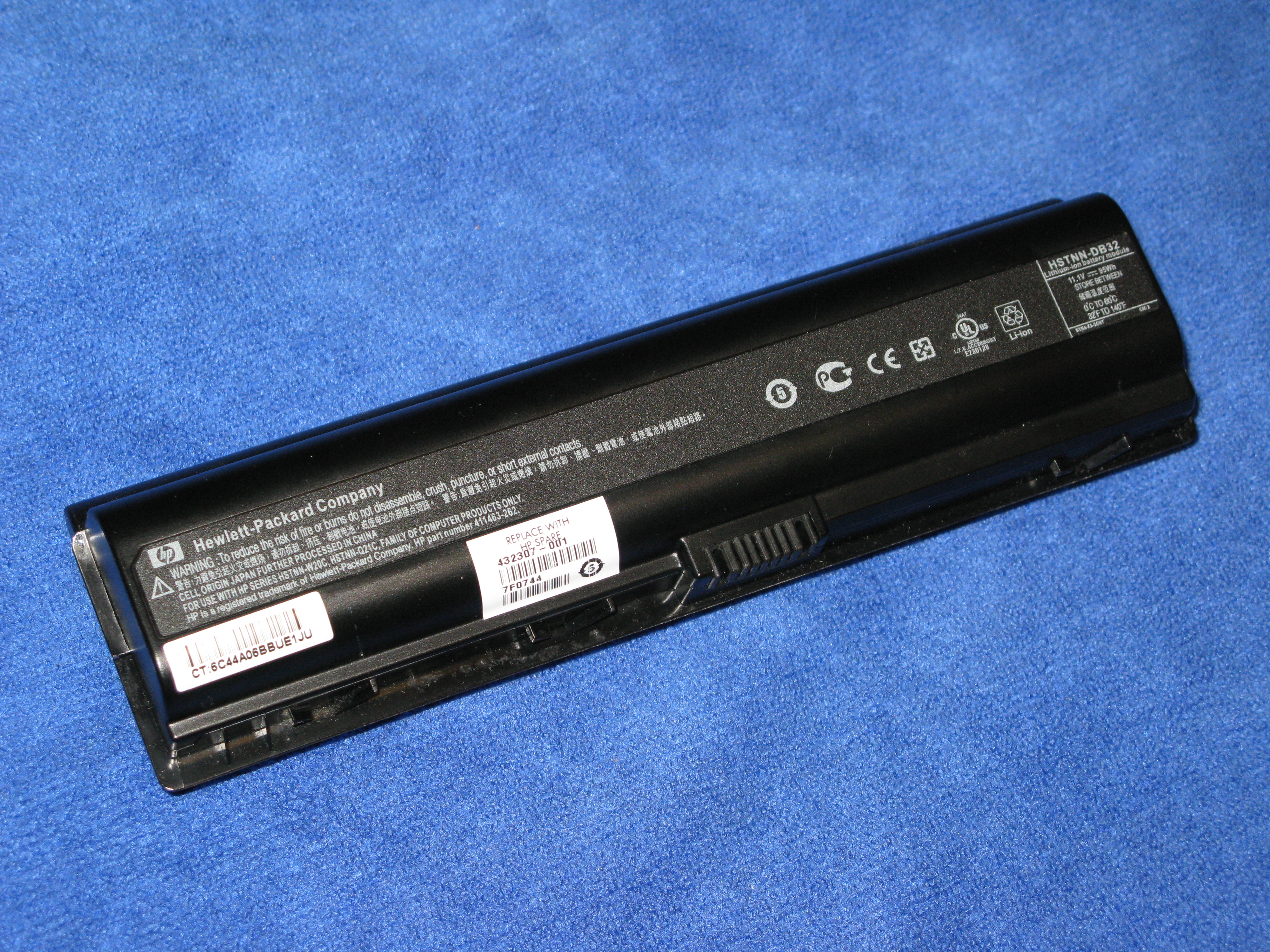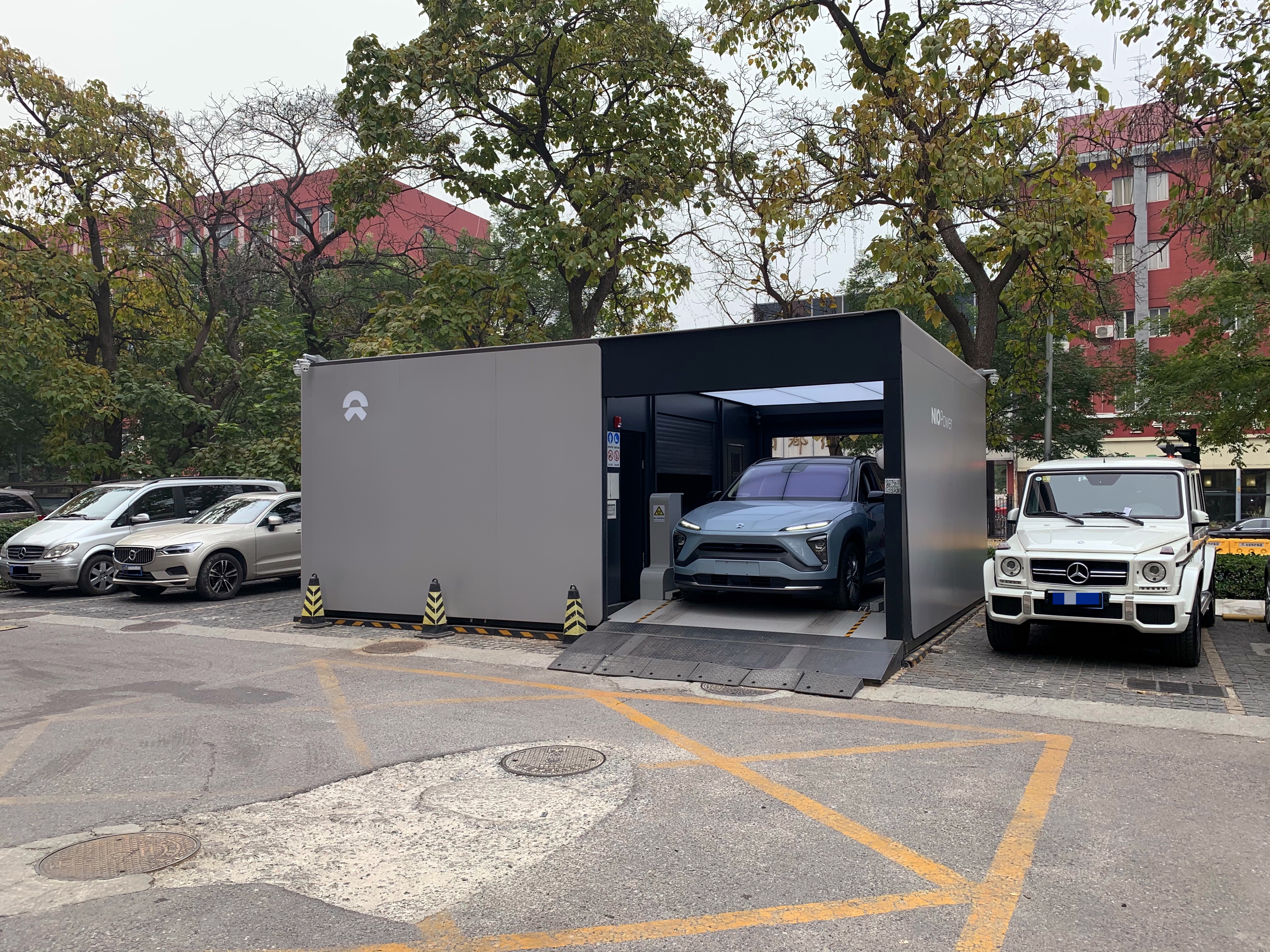|
Battery Pack
A battery pack is a set of any number of (preferably) identical batteries or individual battery cells. They may be configured in a series, parallel or a mixture of both to deliver the desired voltage, capacity, or power density. The term battery pack is often used in reference to cordless tools, radio-controlled hobby toys, and battery electric vehicles. Components of battery packs include the individual batteries or cells, and the interconnects which provide electrical conductivity between them. Rechargeable battery packs often contain a temperature sensor, which the battery charger uses to detect the end of charging. Interconnects are also found in batteries as they are the part which connects each cell, though batteries are most often only arranged in series strings. When a pack contains groups of cells in parallel there are differing wiring configurations which take into consideration the electrical ''balance'' of the circuit. Battery regulators are sometimes used to kee ... [...More Info...] [...Related Items...] OR: [Wikipedia] [Google] [Baidu] |
Peukert's Law
Peukert's law, presented by the German scientist in 1897, expresses approximately the change in capacity of rechargeable lead–acid batteries at different rates of discharge. As the rate of discharge increases, the battery's available capacity decreases, approximately according to Peukert's law. Batteries Manufacturers specify the capacity of a battery at a specified discharge rate. For example, a battery might be rated at 100 A·h when discharged at a rate that will fully discharge the battery in 20 hours (at 5 amperes for this example). If discharged at a faster rate the delivered capacity is less. Peukert's law describes a power relationship between the discharge current (normalized to some base rated current) and delivered capacity (normalized to the rated capacity) over some specified range of discharge currents. If Peukert's constant k, the exponent, were equal to unity, the delivered capacity would be independent of the current. For a real battery the exponent is greater ... [...More Info...] [...Related Items...] OR: [Wikipedia] [Google] [Baidu] |
Smart Battery Data
A smart battery or a smart battery pack is a rechargeable battery pack with a built-in battery management system (BMS), usually designed for use in a portable computer such as a laptop. In addition to the usual positive and negative terminals, a smart battery has two or more terminals to connect to the BMS; typically the negative terminal is also used as BMS "ground". BMS interface examples are: SMBus, PMBus, EIA-232, EIA-485, and Local Interconnect Network. Internally, a smart battery can measure voltage and current, and deduce charge level and SoH (State of Health) parameters, indicating the state of the cells. Externally, a smart battery can communicate with a smart battery charger and a "smart energy user" via the bus interface. A smart battery can demand that the charging stop, request charging, or demand that the smart energy user stop using power from this battery. There are standard specifications for smart batteries: Smart Battery SystemMIPI BIFand many ad-hoc specifica ... [...More Info...] [...Related Items...] OR: [Wikipedia] [Google] [Baidu] |
List Of Battery Types ...
This list is a summary of notable electric battery types composed of one or more electrochemical cells. Three lists are provided in the table. The primary (non-rechargeable) and secondary (rechargeable) cell lists are lists of battery chemistry. The third list is a list of battery applications. Battery cell types See also * Baghdad Battery * Battery nomenclature * Carnot battery * Comparison of commercial battery types * History of the battery * List of battery sizes * List of energy densities * ''Search for the Super Battery'' (2017 PBS film) * Fuel cell References {{Battery sizes * Battery Battery most often refers to: * Electric battery, a device that provides electrical power * Battery (crime), a crime involving unlawful physical contact Battery may also refer to: Energy source *Automotive battery, a device to provide power t ... [...More Info...] [...Related Items...] OR: [Wikipedia] [Google] [Baidu] |
Battery Charger
A battery charger, recharger, or simply charger is a device that stores energy in a battery by running an electric current through it. The charging protocol (how much voltage or current for how long, and what to do when charging is complete) depends on the size and type of the battery being charged. Some battery types have high tolerance for overcharging (i.e., continued charging after the battery has been fully charged) and can be recharged by connection to a constant voltage source or a constant current source, depending on battery type. Simple chargers of this type must be manually disconnected at the end of the charge cycle. Other battery types use a timer to cut off when charging should be complete. Other battery types cannot withstand over-charging, becoming damaged (reduced capacity, reduced lifetime), over heating or even exploding. The charger may have temperature or voltage sensing circuits and a microprocessor controller to safely adjust the charging current and voltage, ... [...More Info...] [...Related Items...] OR: [Wikipedia] [Google] [Baidu] |
Battery Balancer
Battery balancing and battery redistribution refer to techniques that improve the available capacity of a battery pack with multiple cells (usually in series) and increase each cell's longevity. A battery balancer or battery regulator is an electrical device in a battery pack that performs battery balancing. Balancers are often found in lithium-ion battery packs for laptop computers, electrical vehicles. etc. Rationale The individual cells in a battery pack naturally have somewhat different capacities, and so, over the course of charge and discharge cycles, may be at a different state of charge (SOC). Variations in capacity are due to manufacturing variances, assembly variances (e.g., cells from one production run mixed with others), cell aging, impurities, or environmental exposure (e.g., some cells may be subject to additional heat from nearby sources like motors, electronics, etc.), and can be exacerbated by the cumulative effect of parasitic loads, such as the cell monit ... [...More Info...] [...Related Items...] OR: [Wikipedia] [Google] [Baidu] |
Battery Swapping
A battery swapping (or switching) station allow electric vehicles to exchange a discharged battery pack for a charged one as an alternative to plugging the vehicle into a charging station. Battery swapping is common in electric forklift applications. Currently, Taiwanese scooter manufacturer Gogoro operates the largest battery swap network for electric mopeds, with nearly 11,000 GoStations in Taiwan, and 250 in China. Chinese luxury carmaker Nio is the only major operator of automobile battery swapping stations for the public. The company has built around 1,000 battery swap stations around China and Europe, and the process takes three minutes from start to finish. Previously, Renault and Tesla attempted to make their vehicles capable of swapping batteries. History The concept of an exchangeable battery service was proposed as early as 1896. It was first offered between 1910 and 1924, by Hartford Electric Light Company, through the GeVeCo battery service, serving electric trucks ... [...More Info...] [...Related Items...] OR: [Wikipedia] [Google] [Baidu] |
Specific Gravity
Relative density, or specific gravity, is the ratio of the density (mass of a unit volume) of a substance to the density of a given reference material. Specific gravity for liquids is nearly always measured with respect to water (molecule), water at its densest (at ); for gases, the reference is air at room temperature (). The term "relative density" (often abbreviated r.d. or RD) is often preferred in scientific usage, whereas the term "specific gravity" is deprecation, deprecated. If a substance's relative density is less than 1 then it is less dense than the reference; if greater than 1 then it is denser than the reference. If the relative density is exactly 1 then the densities are equal; that is, equal volumes of the two substances have the same mass. If the reference material is water, then a substance with a relative density (or specific gravity) less than 1 will float in water. For example, an ice cube, with a relative density of about 0.91, will float. A substance wi ... [...More Info...] [...Related Items...] OR: [Wikipedia] [Google] [Baidu] |
Battery (electricity)
An electric battery is a source of electric power consisting of one or more electrochemical cells with external connections for powering electrical devices. When a battery is supplying power, its positive terminal is the cathode and its negative terminal is the anode. The terminal marked negative is the source of electrons that will flow through an external electric circuit to the positive terminal. When a battery is connected to an external electric load, a redox reaction converts high-energy reactants to lower-energy products, and the free-energy difference is delivered to the external circuit as electrical energy. Historically the term "battery" specifically referred to a device composed of multiple cells; however, the usage has evolved to include devices composed of a single cell. Primary (single-use or "disposable") batteries are used once and discarded, as the electrode materials are irreversibly changed during discharge; a common example is the alkaline battery used ... [...More Info...] [...Related Items...] OR: [Wikipedia] [Google] [Baidu] |
Fuel Gauge
In automotive and aerospace engineering, a fuel gauge is an instrument used to indicate the amount of fuel in a fuel tank. In electrical engineering, the term is used for ICs determining the current State of Charge of accumulators. Motor vehicles As used in vehicles, the gauge consists of two parts: * The sending unit - in the tank * The indicator - on the dashboard The sending unit usually uses a float connected to a potentiometer, typically printed ink design in a modern automobile. As the tank empties, the float drops and slides a moving contact along the resistor, increasing its resistance. In addition, when the resistance is at a certain point, it will also turn on a "low fuel" light on some vehicles. Meanwhile, the indicator unit (usually mounted on the dashboard) is measuring and displaying the amount of electric current flowing through the sending unit. When the tank level is high and maximum current is flowing, the needle points to "F" indicating a full tank. When th ... [...More Info...] [...Related Items...] OR: [Wikipedia] [Google] [Baidu] |






